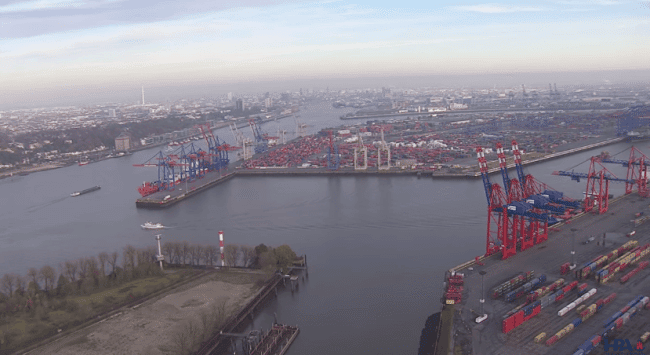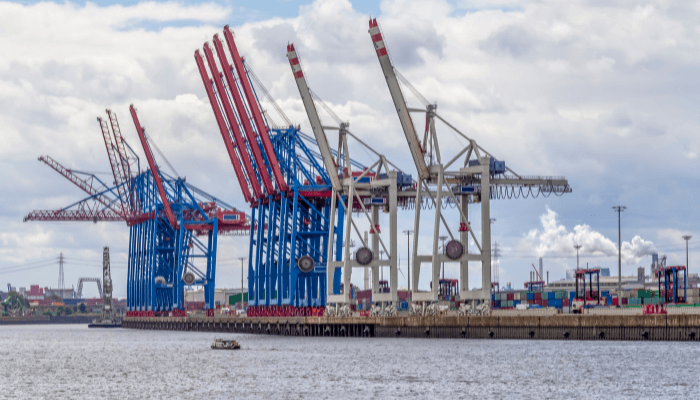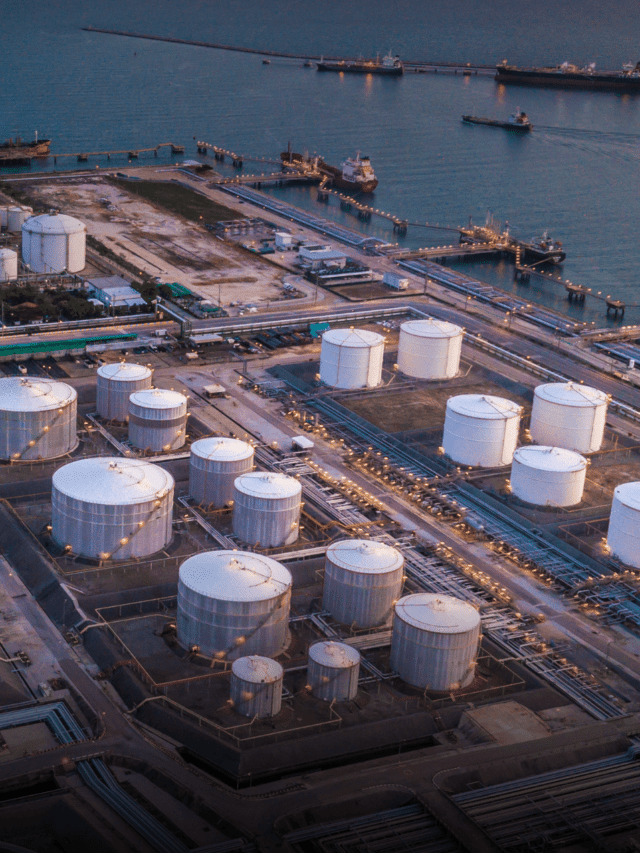Port of Hamburg: The Largest Seaport in Germany
The Port of Hamburg is an internationally well-known and an important seaport of Germany. According to ranking statistics with respect to container capacity, the port is placed first in the whole of Germany, second in the whole of Europe and 11th amongst the other ports of the world.
The port forges an important water network to the pivotal North Sea by the River Elbe. Extending to a geographic area of 7,250 hectares, the Hamburg Port has a total berthing capacity of 320 and can be utilised for any and every kind of cargo vessel.

Operated under the management of the HPA – Hamburg Port Authority, the major terminal operator is the HHLA group which has three terminals under its line of operations out of the four terminals:
- The Buchardkai terminal for container is the biggest of the three terminals operated by the HHLA Group. In totality, it has a nine berth berthing capacity is spread over an area extending to over a million square metres.
- The Altenwerder terminal for container has a four berth container berthing capacity and is spread over an area of one million square metres.
- Tollerort is the smallest container terminal operated by the HHLA conglomerate with an area of 6, 00,000 square metres, having a four berth container berthing capacity.
The fourth terminal in the port of Hamburg is the Eurogate terminal. Having an area of over a million square metres, the terminal has a six berth container berthing capacity and forms a part of the operations of the conglomerate Eurogate.

The Tollerort and the Eurogate terminals are proposed to be extended – the former in terms of its area coverage while the latter in terms its container capacity. While the construction dates for the former has not been stated specifically, construction is set to begin on the Eurogate terminal within the coming four years.
Apart from these terminals for container vessels, the port of Hamburg has an addition of couple of cruise ship terminals – HafenCity and Altona. The port also caters to bulk cargo and dry cargo ships and its terminal statistics for these ships in transit is placed at 42. The port has a very good demarcating system for dry cargo vessels and bulk cargo vessels which adds to the systematic operations of the Hamburg port.
The Hamburg port is a vital cog in the shipping operations of Germany. Placed very conveniently in terms of geography, the Port of Hamburg forms a major link between the Eastern and Central parts of the Continent and accounts for 25% of the interior shipping activities of the country.
Reference: hafen-hamburg
Do you have info to share with us ? Suggest a correction
About Author
Marine Insight News Network is a premier source for up-to-date, comprehensive, and insightful coverage of the maritime industry. Dedicated to offering the latest news, trends, and analyses in shipping, marine technology, regulations, and global maritime affairs, Marine Insight News Network prides itself on delivering accurate, engaging, and relevant information.

About Author
Marine Insight News Network is a premier source for up-to-date, comprehensive, and insightful coverage of the maritime industry. Dedicated to offering the latest news, trends, and analyses in shipping, marine technology, regulations, and global maritime affairs, Marine Insight News Network prides itself on delivering accurate, engaging, and relevant information.
Subscribe To Our Newsletters
By subscribing, you agree to our Privacy Policy and may receive occasional deal communications; you can unsubscribe anytime.
Web Stories








